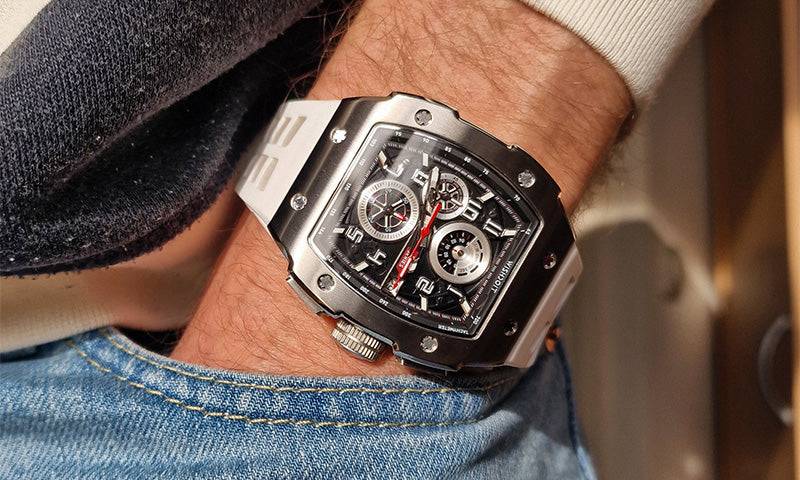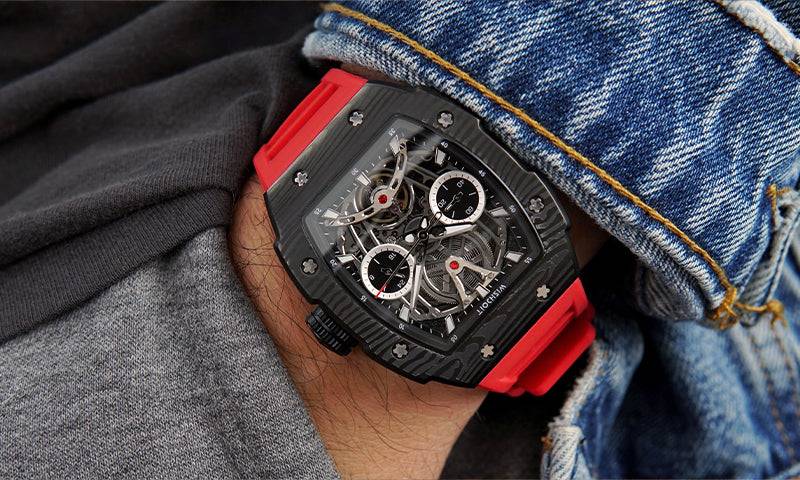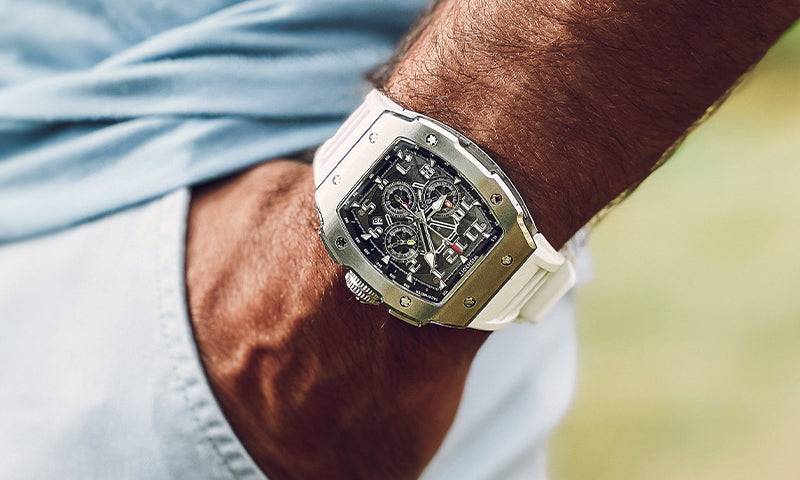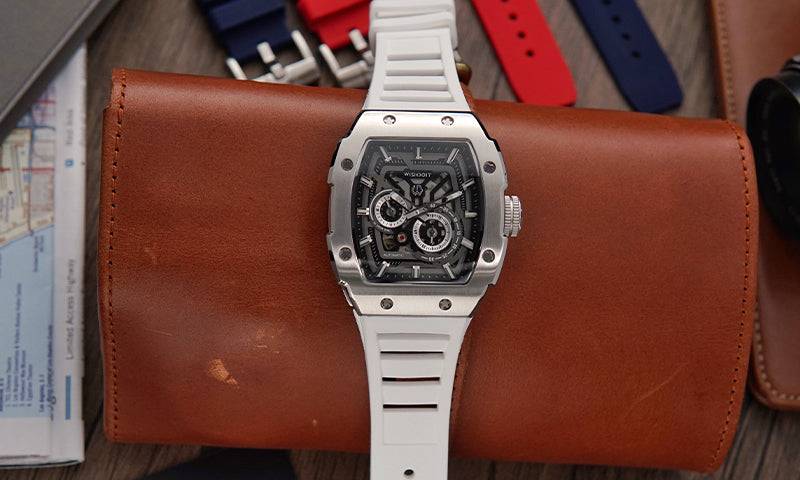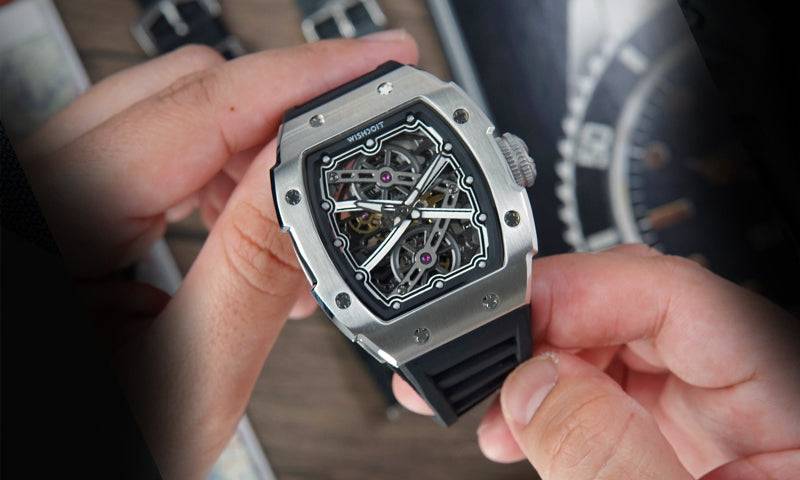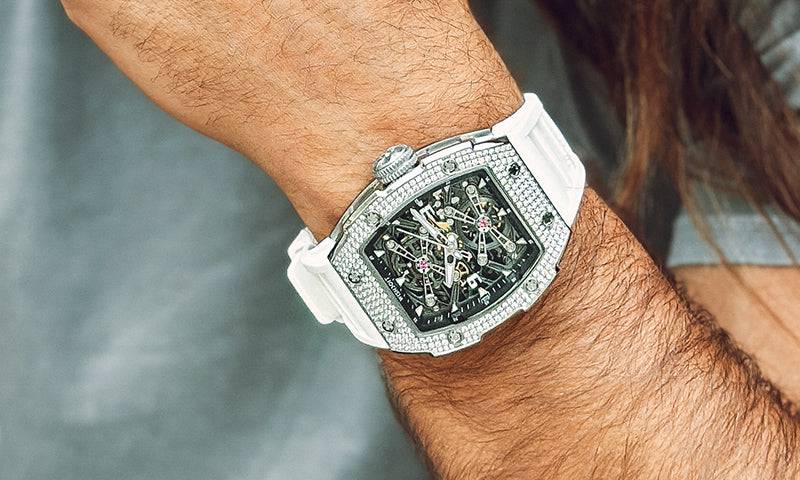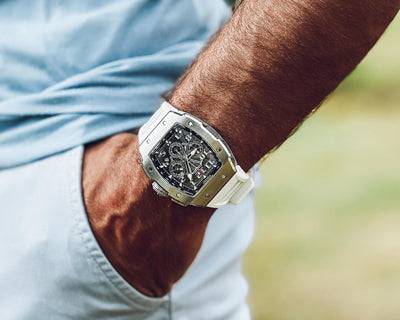Humans have worn ornaments on their wrists for thousands of years. Although portable watches also have a history of four or five hundred years, the history of watches being worn on the wrist, the history of this expensive fashion, also includes a proposal that was revolutionary at the time more than a hundred years ago. Once upon a time, many of the classic styles in the history of watch modeling were not accepted for a long time.
American sociologist Lewis Mumford once said that the protagonist of the Industrial Revolution was not a steam locomotive but a portable watch. Believe it or not, I won't say it for now, but the appearance of the watch actually kills two birds with one stone.
For factories and mines, watches can control the setting of labor and time in a precise way; workers can complete working hours autonomously without having to resort to the clock of the management department.
However, the shape of the pocket watch at that time was not very impressive. Except for a few special styles, most pocket watches are round. As round as the circles swept out by their movements and hands. In the 20th century, the appearance of the watch gave us a new picture.
Watches are very suitable for the liberation of the human mind. It appears at a time when people break free from the shackles of tradition. It can be paired with casual wear, professional wear, or formal wear.
Needless to say, the watch worn on the wrist has to obey the needs of fashion. And the rising trend of fashion is an eternal challenge for designers. The term "styling" is both an indispensable keyword in the fashion industry and a term that is often misused. It is a prerequisite for any mechanical watches design.




